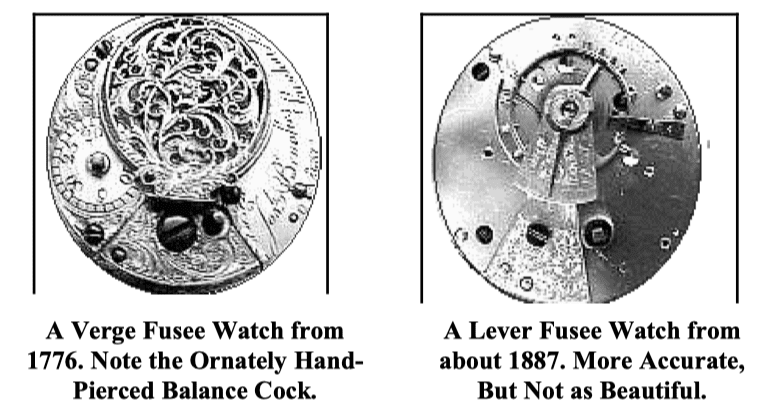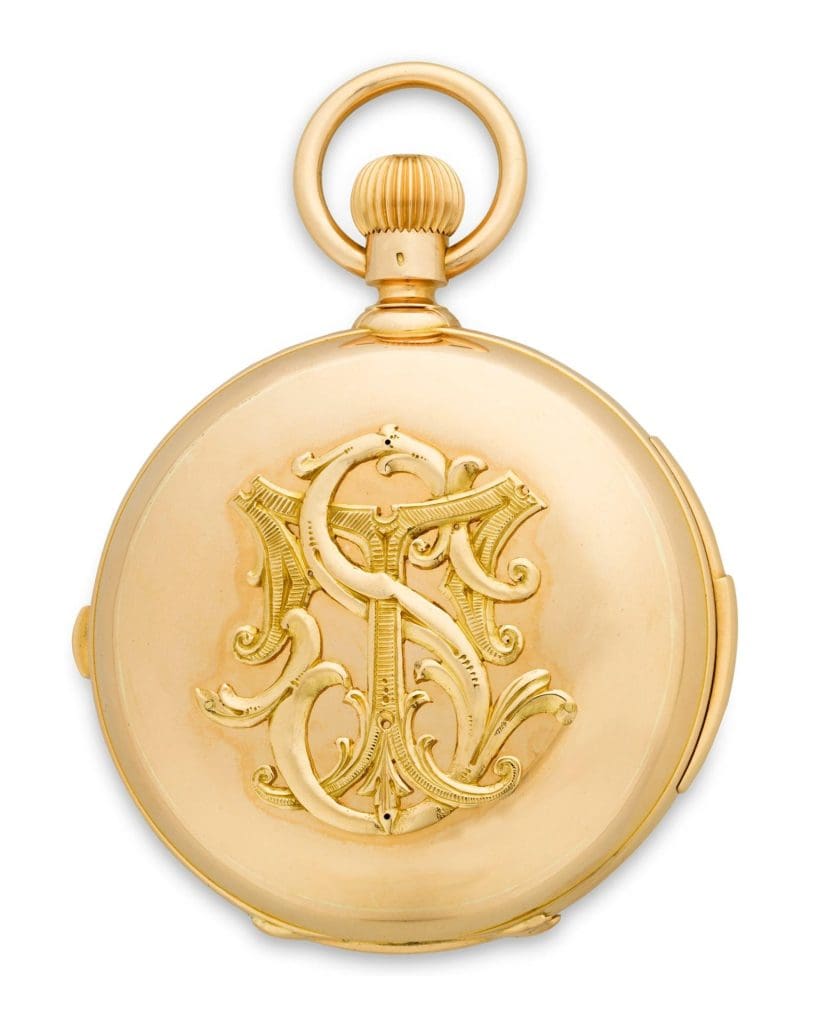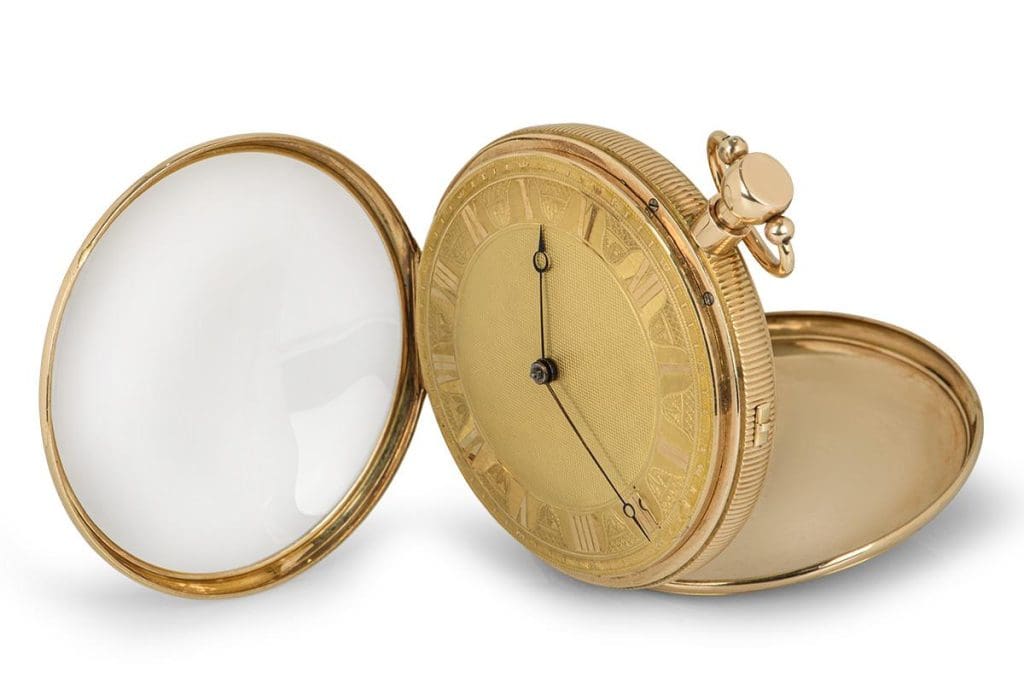Antique pocket watches are fascinating timepieces that date back to the 16th century and were cherished until the early 20th century. These exquisite watches were often passed down as family heirlooms and feature intricate engravings and unique designs. Due to the rarity of antique pocket watches, they have become valuable collectibles and investments. However, it can be challenging to identify and authenticate an antique pocket watch. In this blog post, we will discuss the key characteristics to look for and the signs of wear and restoration to help you authenticate and value your antique pocket watch correctly.
The History of the Antique Pocket Watch
Pocket watches have been around since the 16th century and were popular until the early 20th century. They were originally made in a variety of materials such as gold, silver, and brass, and had simple designs. However, by the end of the 17th century, pocket watches were decorated with intricate designs and engravings.
Antique pocket watches were often handed down as family heirlooms and feature unique decorations and engravings. In the 19th century, mass production of pocket watches made them more affordable, but they were still seen as luxury items. The use of quartz movements in modern watches made antique pocket watches rare and valuable collectibles.
The history and design of antique pocket watches have made them a highly sought-after collector’s item for watch enthusiasts, historians, and antique collectors alike.

Characteristics to Look for in an Authentic Antique Pocket Watch
When authenticating an antique pocket watch, there are certain characteristics to look for:
- High-quality, hand-crafted components such as the case, dial, and hands
- Precise and correct timekeeping movement
- Markings on the watch, including the maker’s signature, should be present on the dial, case, and movement
Authentic antique pocket watches were made by skilled craftsmen who paid close attention to every detail, resulting in high-quality, unique pieces. The movement inside the watch should be in good working condition without any damage or worn-out parts. The markings on the watch can provide valuable information about the maker and production year of the watch.

Identifying Signs of Wear and Restoration on an Antique Pocket Watch
When examining an antique pocket watch, it is important to look for signs of wear and restoration. Here are some key areas to inspect:
Case
- Check for scratches, dents, or other damage to the case. These can greatly affect the value of the pocket watch.
- Look for any signs of restoration work such as welding or buffing.
- Inspect the hinges and closures to ensure they are functioning properly.
Dial
- Check for scratches or cracks on the dial.
- Look for any missing or mismatched numbers or markers.
- Inspect the hands to make sure they are still firmly attached to the dial.
Movement
- Check for any rust or damage to the movement.
- Look for signs of previous repair work or replacement parts.
- Make sure the movement is running properly and keeping accurate time.
Crystal
- Check for any cracks or scratches on the crystal.
- Look for signs of replacement or repair work on the crystal.
It is important to note that some wear and tear is to be expected on antique pocket watches, as they were frequently used and carried in pockets for long periods of time. However, excessive wear or evidence of shoddy restoration work can greatly diminish the value of the watch.
If you believe your antique pocket watch may need restoration work or repair, it is important to seek out a qualified professional with experience in working on antique watches. Attempting to repair the watch yourself or taking it to an inexperienced repair person can result in further damage and decrease the watch’s value.
Determining the Age and Value of an Antique Pocket Watch
The age and value of an antique pocket watch can vary greatly, depending on the manufacturer, production year, rarity and condition of the watch. Here are some ways to determine the age and value of your antique pocket watch:
Examine the design, style, and materials used
The design, style, and materials used during production can indicate the age of an antique pocket watch. For example, pocket watches made during the 16th to 17th century were usually ornate with intricate engravings and made of silver or gold. Pocket watches made during the 18th century commonly featured floral designs and were made of gold or enamel, while those made during the 19th century were typically simpler in style and made of gold or silver-plated materials.
Check the manufacturer’s records
If the manufacturer of the pocket watch is known, it is possible to consult the company’s records or production books to determine the production date and the number of pocket watches produced.
Research auction records
Researching auction records and prices of similar antique pocket watches, either through auction houses or online databases, can provide insight into the current market value and demand for antique pocket watches.

Consult with antique pocket watch experts
Consulting with experts in the field of antique pocket watches can provide valuable information on the age and value of a specific pocket watch. Experts can provide insight into the manufacturer, style, condition, and rarity of the specific antique pocket watch, and offer guidance on investing in and collecting antique pocket watches.
Locating Serial and Model Numbers for an Antique Pocket Watch
Serial and model numbers can be extremely helpful in identifying and authenticating an antique pocket watch. These numbers are often found on the movement or inside of the case of the watch, and can provide information about the manufacturer and production year.
To locate the serial and model numbers, you will need to do the following:
- Open the back cover of the pocket watch to reveal the movement.
- Look for any markings on the movement, including numbers and letters.
- If you don’t see any markings on the movement, check the inside of the case back for any engravings or markings.
- Use a magnifying glass or loupe to help read the markings, as they can be quite small.
Once you have located the serial and model numbers, you can use them to research the watch and determine its age and history. It is important to note that not all antique pocket watches will have serial or model numbers, especially those produced before the 18th century. Additionally, some brands may have used different numbering systems or may not have used serial numbers at all.
If you are having difficulty locating the serial and model numbers or interpreting them, consult with an antique pocket watch expert or a professional watchmaker. They can help you identify the markings and provide more information about the watch.
Recognizing Counterfeit Antique Pocket Watches
Antique pocket watches are highly sought-after collectibles, which unfortunately means that there are counterfeit versions out there. Here are a few tips to spot a counterfeit antique pocket watch:
- Inaccurate Markings: Counterfeit antique pocket watches will often have markings that are inaccurate or have incorrect information.
- Incorrect Components: In addition to the markings, counterfeit antique pocket watches may also have incorrect case, dial, and movement components when compared to the original manufacturer’s specifications.
- Style & Engraving: Inspect the style and quality of the engraving on the watch. Counterfeits will often have less detailed and less precise engraving.
- Weight and Composition: Counterfeit antique pocket watches may feel lighter or have a different composition than the authentic version.
If you suspect you have a counterfeit antique pocket watch, consult with experts to verify its authenticity. It’s essential to be cautious when purchasing antique pocket watches and to make sure you’re dealing with a reputable dealer or seller.
Investing in and Collecting Antique Pocket Watches
Antique pocket watches can be a great investment opportunity for those looking to diversify their investment portfolio. As unique and valuable assets, antique pocket watches can provide a potentially high return on investment. Here are some tips to keep in mind when investing in antique pocket watches:
Research the Market
Before making a purchase, it is important to research the market to get a sense of the current value of antique pocket watches. This will help you avoid overpaying for a watch and ensure that you’re getting a good deal. Look for auction records and consult with experts in the field to get an idea of what a particular watch is worth.
Consider Rarity and Condition
The value of an antique pocket watch is determined by its rarity and condition. Look for watches that are in good condition and have unique features and designs that make them stand out. Watches that are in high demand among collectors will also be more valuable than watches that are less sought after.
Verify Authenticity
Make sure that the antique pocket watch you’re considering is authentic. Look for markings that indicate the maker and production year, and examine the case, dial, and movement components to ensure they are original and not counterfeit. Consulting with experts in the field can also help you verify the authenticity of a watch.
Proper Maintenance and Storage
Once you’ve invested in an antique pocket watch, it’s important to properly maintain and store it to preserve its value. Avoid exposing the watch to extreme temperatures or humidity, and regularly service the watch to ensure it’s in good working order. Store the watch in a safe place, away from direct sunlight and potential damage from other objects.
Collecting antique pocket watches can also be a rewarding hobby for those interested in history and craftsmanship. When collecting, focus on watches that interest you personally and that you find aesthetically pleasing. With proper research and investment, antique pocket watches can provide a timeless and unique addition to any collection.
Conclusion
Antique pocket watches are not only beautiful timepieces but also valuable collectibles. Identifying and authenticating an antique pocket watch should be done with care to ensure its value and preservation. Look for high-quality components, signs of wear and restoration, and serial and model numbers to determine age and value. Proper maintenance and restoration should only be done by a qualified professional. Avoid counterfeit antique pocket watches and invest wisely by researching the market and consulting with experts. By following these guidelines, you can enjoy collecting and investing in antique pocket watches for generations to come.
